In this blog, you will learn how to retain and delight customers by creating a successful customer onboarding program for your organization and also about a quick guide to successful customer onboarding.
Also, the factors about how crucial onboarding strategy is to your goals & customer overall experience.
Have a Look at Some Customer Training Best Practices in Brief
Use the table of content to navigate the guide.
- What Is Customer Onboarding?
- How To Create A Successful Customer Onboarding Strategy?
- Importance Of Customer Onboarding Process.
- Successful Customer Onboarding Examples.
- Effective Use Of Technology In Customer Onboarding.
- 7 Best Practices to Successful Customer Onboarding.
- Measure the Impact of your Customer Onboarding Training.
Tip 1: What is Customer Onboarding?
Customer Onboarding is creating an intuitive space to enhance your post-purchase customers’ experience & support their aligned goals for your product use.
Your customers are clueless about the extensive use of your product. They might be addressing minor issues via random YouTube product demonstration videos or raising queries to your customer support team.
And even after such aids are there, they still churn it out to tackling major issues.
In short, customer’s situation is like they are already trekking hill while using the basic features, and the marketing team is wondering why products’ advanced features are less in use.
Customer Onboarding Tactics
- Allow User-friendly Progress
- Employ Content Value
- Design Specific Goals (Customer-Centric)
- Acknowledge Desired Team
Customer boarding is the anchor to hold (retain) your ship (existing & new customers) to the port (product-use) until that ship propels in the direction of the wind (customer expectations), then bon voyage!
Tip 2: Importance of Customer Onboarding Process
There was a time when buying any product if people face complexities or trouble to grip the guidebook instructions, they’d figure it out by their little tricks & twists.
Because people had time and patience back then compared to our modern generation, time is a limited window & choices are available excessively! In such a condition, expecting customers to know your product’s value is demanding.
To understand why your organization needs a customer onboarding program, here are a few stats and reports that addressed this major buyer’s persona shift.
Why Your Organization needs Customer Onboarding?
- Getting new customers is 5 to 25 times more expensive than retaining the existing ones. (Invespcro)
- Customers with a high engagement rate buy 90% more frequently. (GrooveHQ)
- Your website is likely to have 74% more revisits if your platform is user-friendly. (Think with Google)
- 66% of adults think valuing their time is vital that a company can offer as a customer experience. (Forrester)
- Organizations with an initiative to improve their customer experience see employee engagement increase by 20% on average. (McKinsey & Company)
Tip 3: Create a Successful Customer Onboarding Strategy.
Positive Customer-Onboarding confirms that your customer is likely to be a loyal one. There are major two setbacks that increase churns of the customers:
- If they don’t find a higher scope of product use.
- If they don’t see any value.
In both cases, customers are likely to drive over to competitions. To minimize churn of customer experience and provide value according to their expectations.
You need onboarding training to improve customer onboarding that’s transparent & responsive. Moreover, a strategy that focuses - set, create, manage, employ, measure, and respond your training program according to customer needs.
How To Create an Onboarding Strategy that Retains & Delight More Customers?
1. Set Your Goals.
Firstly, setting smart goals for your customer onboarding will allow you some working space where you can easily monitor individual customers’ progress & provide specific value to their needs from content.
Secondly, the learning space evolves dramatically in terms of customer experience & employee ease.
2. Points To Remember While Setting Your Goals.
- Your platform must communicate & collaborate with customers.
- Include user-friendly training tools.
- Address to diverse but be content-specific.
- Your program is to simplify the customer experience.
- Employ technology for intuitiveness.
Keep these points in your sticky notes while your L&D team and the project manager are setting onboarding program goals.
3. Gather Your Team.
Saas (software as a service) must employ a customer success manager (CSM) who bridges the gap between the sales and support teams.
In contrast to this gap, CSM doesn’t necessarily get into the depth of day-to-day product usage but instead optimizes towards the customer goal attainment by focusing on strategic conversation.
More customer-centric team, more frictionless the onboarding program will run. Moreover, having a CSM along with a project manager will allow your onboarding strategy to drift smoothly even if your program needs changes during the initial stages.
You might be steering responsibilities yourself as well, making sure the flow is maintained. You can address such matter into Subject Matter Expert (SME) like your product selling champ.
4. Time for Whiteboard Strategy.
Align Instructional designers with project managers and SMEs to sketch a customer onboarding journey. From the sign-up stage to the learning progress, segment stages into milestones.
It becomes easy to deploy valuable resources & tools while each customer’s progress to their set of milestones, and you can update their progress consistently.
5. Preparing Your Content.
Once done with the strategy, it is time to designate a content designer (graphics designer preferable).
Convert your learning course into graphics (quizzes, challenges, and other content authoring tools).
6. Right LMS Is A Must.
Invest in the right LMS that can upload & support your e-learning courses. Your e-learning courses might contain content in different mediums like video, image, and text.
So, better invest in LMS that integrates with your learning content.
7. Ready For Testing?
Your testing is your way to validate the efforts you have implied in your onboarding program. Use your beta testers such as top customers or create a community and aware of your new training program. Aware customers are likely to engage as it beeps their mind that it is a known ground.
8. Launch It Live.
Bon Voyage! Use your awareness of pre-launch before making your onboarding program live. Bring a seamless onboarding experience amidst existing ones and acquire feedback from trusted users.
Tip 4: Few Examples of Successful Customer Onboarding
Until now, it’s crystal clear that if you don’t steer your onboarding training consistently, it can flow in any direction. So let’s understand through few successful customer onboarding best practices examples:
1. Canva
Canva provides users a freemium feel for designing & sharing where ever they want. Canva is known for its user-friendly dashboard & personalized brand kit. It offers a library of 2 Million photos, images, icons, and different templates.
2. Duolingo
Duolingo allows every new customer to get aware of their platform through their animated walk-through. They even introduced step-by-step guidance for new users to avoid fussy initially.
3. DropBox
DropBox has an intuitive-based welcoming tool where a set of questions are there for new users to understand & plan their personalization according. It also helps them create a more user-friendly & adaptable platform.
Tip 5: Effective Use of Technology for Customer Onboarding.
Before your customer success manager or team, your customer expects ready-to-assist onboarding support available to them.
It is your time to put technology to work! Deploy multi-channel automated support (AI chatbots and supports suits)
Tip 6: 7 Best Practices to Customer Onboarding
1. Read Your Customer’s Mind
Avoid analyzing through scalable metrics! First, address their behavior, situations, challenges, and personal goals. Customers have to feel successful with their product use.
Over-analysis demands customer participation to provide data that increase customer churn. Be gentle in understanding their needs & set your future strategies accordingly.
2. Show A Clear Picture Of What They Get.
Don’t over-deliver your product value. Customer’s expectations must set as a strategically planned picture. When customers are aware of their end goal with your product, they stay calm witnessing the daily progress & even rely on the advanced features to pace up.
3. Provide Value.
Design your content according to what requires on the customer’s dish. Each customer is having a different outlook of your product. Providing solutions through specifically generated content is valuable.
4. Set Customer-Friendly Goals.
Your Customer Onboarding Strategies must align with progressing customers. Data imports help create an adaptable program ready to re-create, edit and provide customer-centric goals a free hand.
5. Communication Is Your Modern Key.
Use training tools, user-friendly KPI dashboards, and email communication templates to help reduce customer’s churn during onboarding and enable direct communication with your customer
success manager.
6. Fix Setbacks Instantly.
During the initial stage of customer onboarding, there might be various setbacks in communication, the learning process, and even a basic understanding of product use. Train your dedicated support team ready to improvise & enable their system intuitive technology so that they address the issue beforehand.
7. Measure Metrics.
Your saas onboarding best practices is the key benefit to your business goals too. Identify pain points and KPI’s through tracking metrics:
- Customer Lifetime Value (LTV)
- Churn Rate
- Net Promoter Score (NPS)
- Customer Engagement Rate (CER)
Tip 7: Measure the Impact of Customer Onboarding training!
The moment you exercise these customer training best practices in your onboarding program, you will realize how crucial it gets to measure the impact of detailing you mapped to improve your customer experience.
In the initial stage, in the context of two crucial milestones to measure:
- The moment the new customer signs up for your product.
- And the moment they attain their first success with your product.
This analysis will help your onboarding training program to boost customers’ retention rate. And through a time-to-time update on customer engagement levels.
Conclusion:
Onboarding is a success when you employ customer-centric tools & a seamless onboarding experience for customers.
Friction is likely to happen in every training program. Setbacks are a predictable reality, but re-creating through proper customer-involved strategy will evolve your whole business module.
To address your SMART training goals and help create an intuitive program, we act as a tool to hammer & shape your business strategies. Employ the pioneering in learning technology to retain & delight your customers now.

![A Quick Guide to Successful Customer Onboarding [#7 Best Training Practices]](https://www.cxcherry.io/wp-content/uploads/2021/06/customer-onboarding-map.jpg)
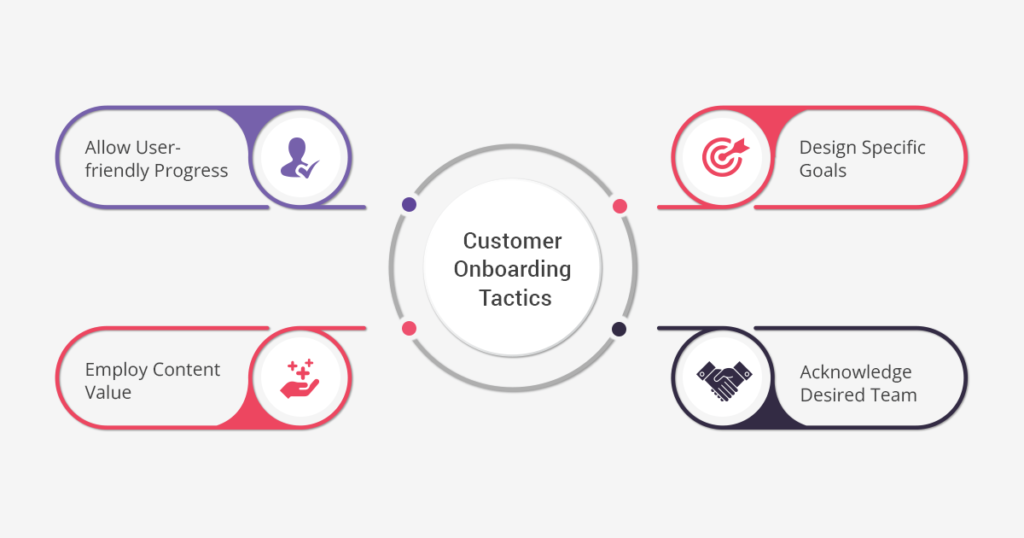
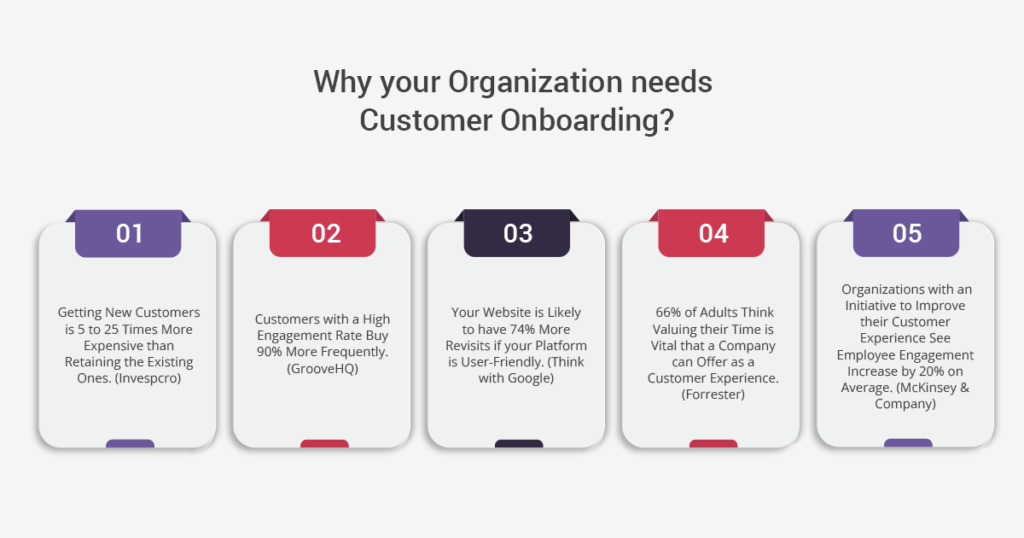
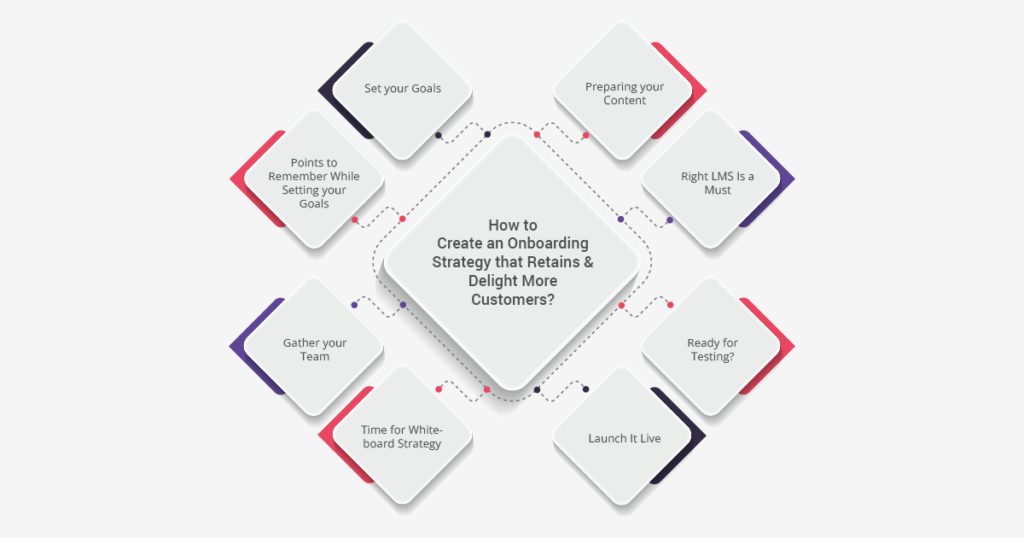
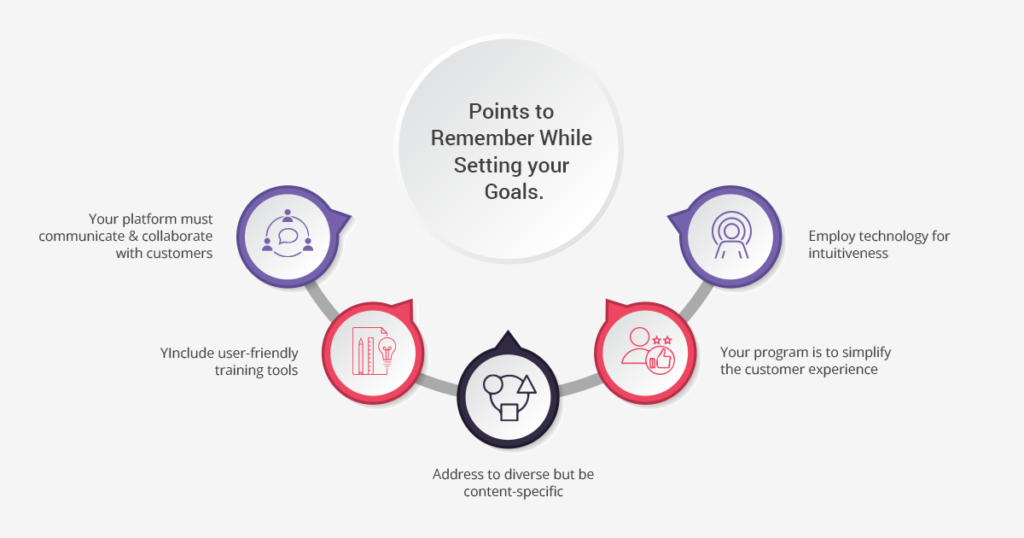
![A Quick Guide to Successful Customer Onboarding [#7 Best Training Practices]](https://www.cxcherry.io/wp-content/uploads/2021/06/canva.jpg)
![A Quick Guide to Successful Customer Onboarding [#7 Best Training Practices]](https://www.cxcherry.io/wp-content/uploads/2021/06/Duolingo.jpg)
![A Quick Guide to Successful Customer Onboarding [#7 Best Training Practices]](https://www.cxcherry.io/wp-content/uploads/2021/06/DropBox.jpg)
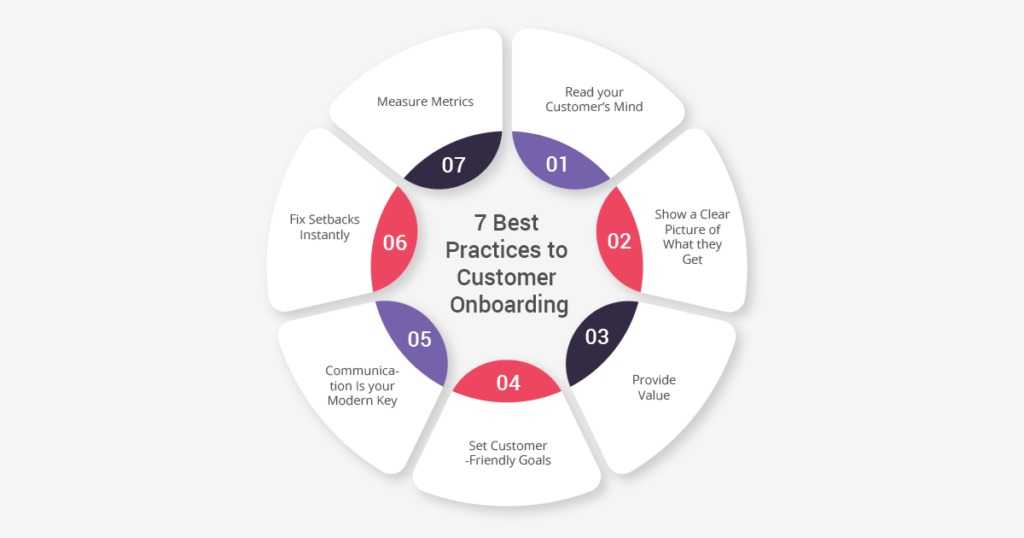
![A Quick Guide to Successful Customer Onboarding [#7 Best Training Practices]](https://www.cxcherry.io/wp-content/uploads/2021/06/customer-rentension-rate.jpg)
